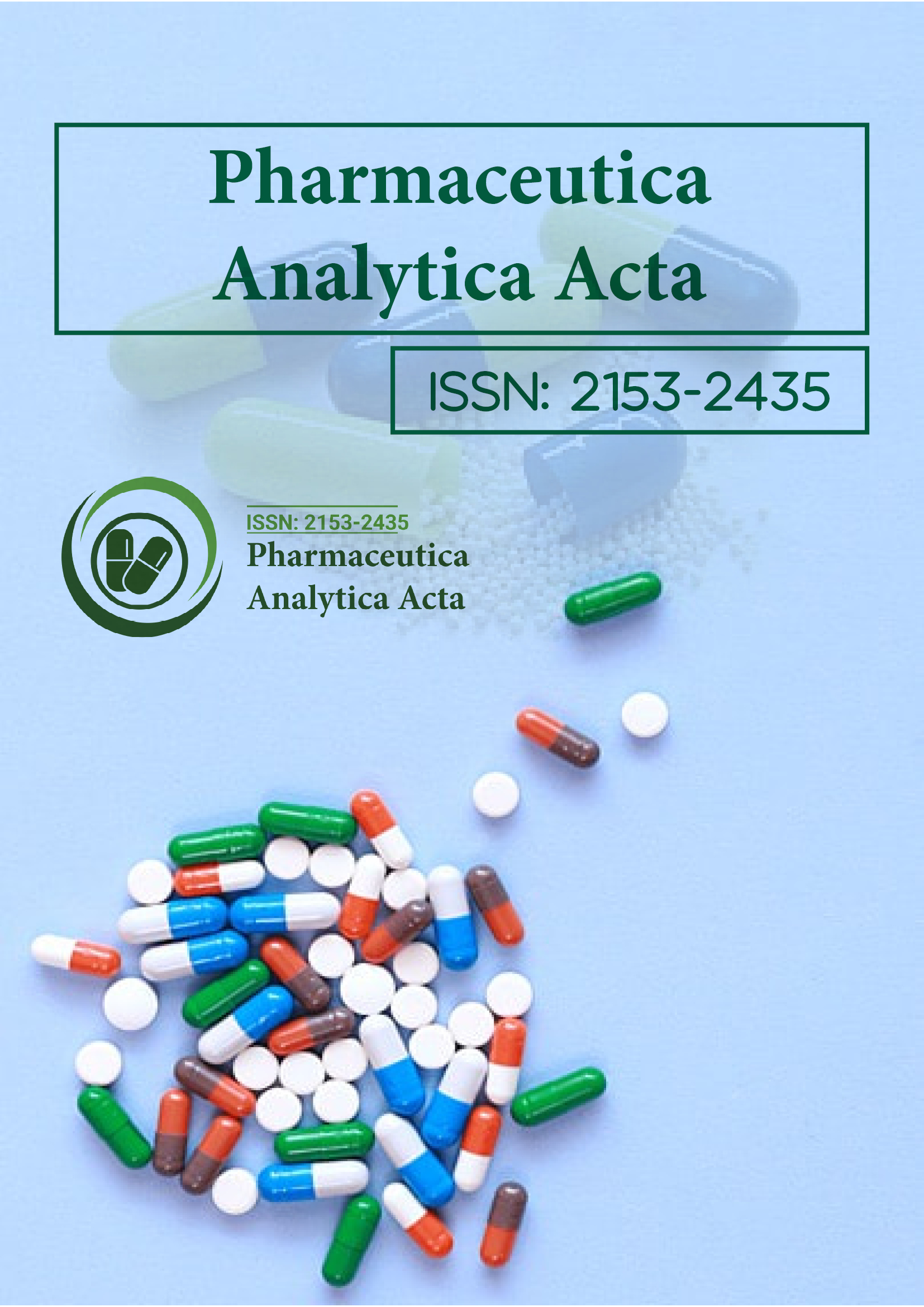Indexado em
- Abra o Portão J
- Genamics JournalSeek
- Chaves Acadêmicas
- JournalTOCs
- O Fator de Impacto Global (GIF)
- Infraestrutura Nacional de Conhecimento da China (CNKI)
- Diretório de Periódicos de Ulrich
- RefSeek
- Universidade de Hamdard
- EBSCO AZ
- OCLC- WorldCat
- publons
- Fundação de Genebra para Educação e Pesquisa Médica
- Euro Pub
- Google Scholar
Links Úteis
Compartilhe esta página
Folheto de jornal

Periódicos de Acesso Aberto
- Agro e Aquicultura
- Alimentos e Nutrição
- Bioinformática e Biologia de Sistemas
- Bioquímica
- Ciência de materiais
- Ciencias ambientais
- Ciências Clínicas
- Ciências Farmacêuticas
- Ciências gerais
- Ciências Médicas
- Cuidados de enfermagem e saúde
- Engenharia
- Genética e Biologia Molecular
- Gestão de negócios
- Imunologia e Microbiologia
- Neurociência e Psicologia
- Química
Abstrato
Capacidade antioxidante in vitro de extratos brutos e fração de acetogenina da polpa de graviola
González EM, Fernández AEL, Sáyago-Ayerdi SG, Estrada RMV, Vallejo LGZ e Yahia EM
Extratos usando clorofórmio, metanol-acetona, aquoso e uma fração de acetogenina obtida da polpa do fruto da graviola foram analisados medindo compostos fenólicos solúveis totais e atividades antioxidantes usando os ensaios: radical de eliminação 1,1-difenil-2-picrilhidrazil (DPPH), radical ácido 2,20-azinobis-3-etilbenzotiazolina-6-sulfônico (ABTS), poder redutor, radical óxido nítrico e capacidade antioxidante total. O extrato de metanol-acetona apresentou maiores compostos fenólicos solúveis totais (3,24-3,95 g/100 g DW), capacidade antioxidante por DPPH (47,9 mmol TE/g DW) e capacidade antioxidante total (221,96 μg α-tocoferol equivalente). No entanto, a análise pelos métodos ABTS, poder redutor e radical óxido nítrico também mostrou alta capacidade antioxidante no extrato aquoso. O extrato clorofórmico e a fração de acetogenina apresentaram maior capacidade antioxidante ao utilizar o método do poder redutor (23,85 e 21,77 μM AA equivalente, respectivamente), e foi maior do que no extrato aquoso. Nossos resultados sugerem que a polpa de graviola é uma boa fonte de antioxidantes e possui acetogeninas, tornando a fruta um alimento funcional potencialmente importante.